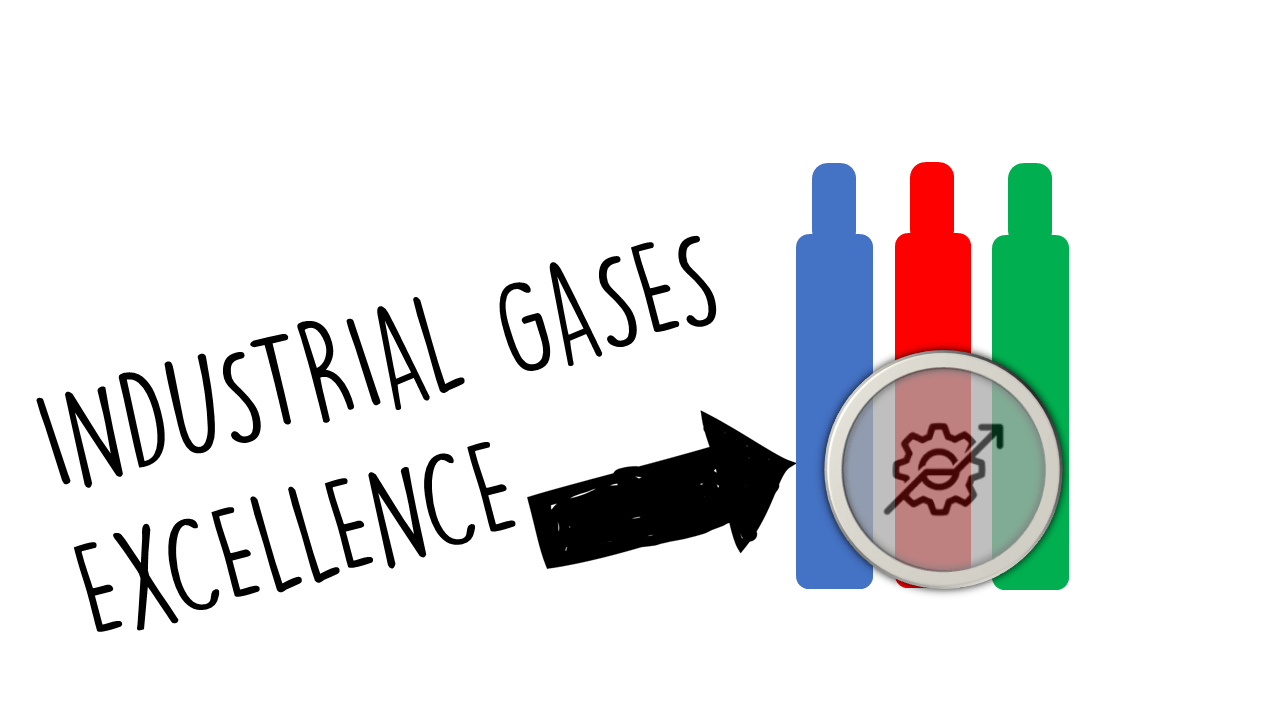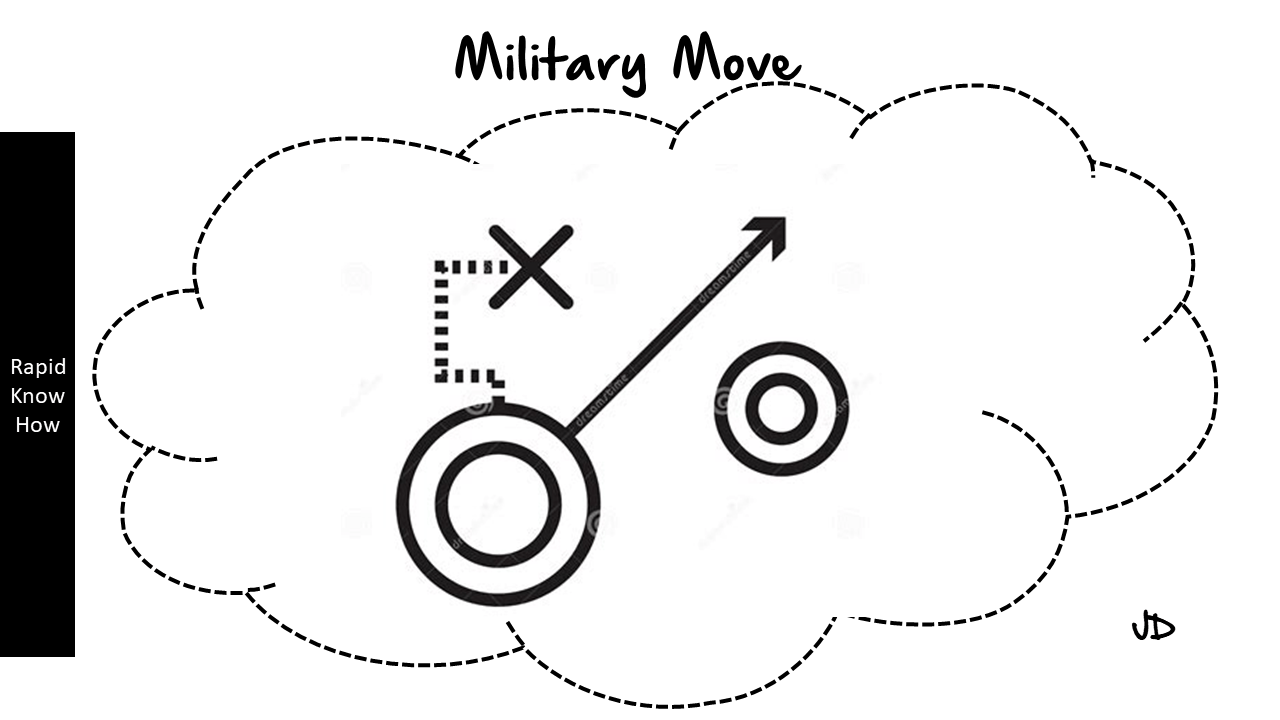Ingredient branding is a powerful marketing strategy that emphasizes the value and quality of a specific component or ingredient within a product.
This approach can significantly impact the industrial gases sector, where the branding of gases used in various applications can enhance product value, foster customer loyalty, and drive revenue growth.
This document explores the concept of ingredient branding in the context of industrial gases, discussing how companies can frame and re-frame their offerings, implement actionable strategies, and learn from relevant case studies.
Framing and Re-Framing
Framing: The Concept of Ingredient Branding in Industrial Gases
- Highlighting Value in Application: Frame industrial gases as critical ingredients that enhance the quality and performance of end products in various sectors like food and beverage, pharmaceuticals, and electronics.
- Quality Assurance: Position branded gases as synonymous with reliability and safety, drawing attention to how product quality can be improved through superior gas selection and application.
- Differentiation Through Expertise: Promote the idea that expertise in specific gas applications and mixtures can lead to unique benefits, distinguishing products from competitors.
Re-framing: Innovative Perspectives on Gases as Ingredients
- Storytelling for Emotional Connection: Re-frame the narrative around gases by sharing success stories and case studies that illustrate the positive impact of high-quality gases on end products and customer satisfaction.
- Sustainability Angle: Position gases as part of a sustainable solution, emphasizing how their use can reduce waste, lower emissions, and improve energy efficiency, appealing to environmentally conscious consumers and industries.
- Collaborative Innovation: Re-frame partnerships with clients as collaborative initiatives, where developing tailored gas solutions becomes a shared journey toward excellence and innovation.
Action Steps
Develop a Comprehensive Branding Strategy
- Create an overarching branding strategy that highlights the unique benefits of each gas product, focusing on applications, quality, and customer impact.
Engage in Collaborative Marketing with Clients
- Partner with clients to co-brand end products that utilize specific gases, allowing for mutual promotion and enhanced visibility in the market.
Leverage Digital Marketing Channels
- Utilize online platforms and social media to share success stories, testimonials, and case studies that highlight the effectiveness of branded gases in various applications.
Enhance Customer Education Programs
- Offer training and informative resources that educate clients about the benefits and applications of specific industrial gases, empowering them to leverage these gases effectively in their operations.
Implement Sustainability Messaging
- Integrate sustainability messaging into the branding of gases, emphasizing how they contribute to greener practices and align with corporate social responsibility (CSR) goals.
Case Studies
Case Study 1: Air Products – “Smart & Green” Campaign
Background: Air Products focused on ingredient branding by promoting its hydrogen and helium offerings for diverse industrial applications.
Implementation:
- Launched the “Smart & Green” campaign, showcasing how these gases contribute to efficient, sustainable solutions in sectors like energy and manufacturing.
- Highlighted success stories of clients achieving lower emissions and enhanced product performance with Air Products gases.
Outcomes:
- Increased market share in the hydrogen market and strengthened customer relationships through co-marketing efforts.
Case Study 2: Praxair (now Linde) – Performance Gases
Background: Praxair sought to distinguish its high-purity gases for the semiconductor manufacturing sector.
Implementation:
- Developed a performance branding campaign that emphasized the purity and reliability of its gases as crucial ingredients for high-quality semiconductor devices.
- Hosted seminars and educational sessions to demonstrate how optimal gas mixtures improve production efficiency.
Outcomes:
- Solidified its position as a trusted supplier in the semiconductor market, leading to long-term contracts and increased sales.
Case Study3: Messer – Collaborative Branding with Food Industry Partners
Background: Messer aimed to promote its gases for food preservation and processing applications.
Implementation:
- Collaborated with food manufacturers to co-brand products that utilized Messer’s gas mixtures, showcasing the benefits of modified atmosphere packaging (MAP).
Outcomes:
- The partnership led to a 30% growth in branded products within the food industry, enhancing both Messer’s and its partners’ market visibility.
Conclusion
Ingredient branding in the industrial gases sector presents a significant opportunity for companies to differentiate their offerings and enhance customer value.
By framing and re-framing the narrative around gases as vital ingredients that contribute to product excellence, companies can build stronger brands and foster customer loyalty.
The actionable strategies outlined here provide a roadmap for organizations to leverage ingredient branding effectively, while the case studies illustrate the real-world success of these concepts.
As the industrial landscape evolves, embracing ingredient branding in the context of industrial gases will be essential for organizations aiming to achieve excellence and drive growth in a competitive market.





